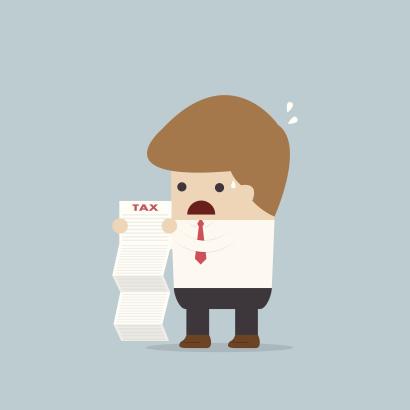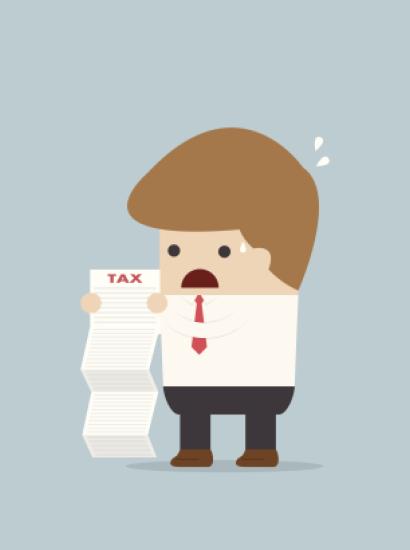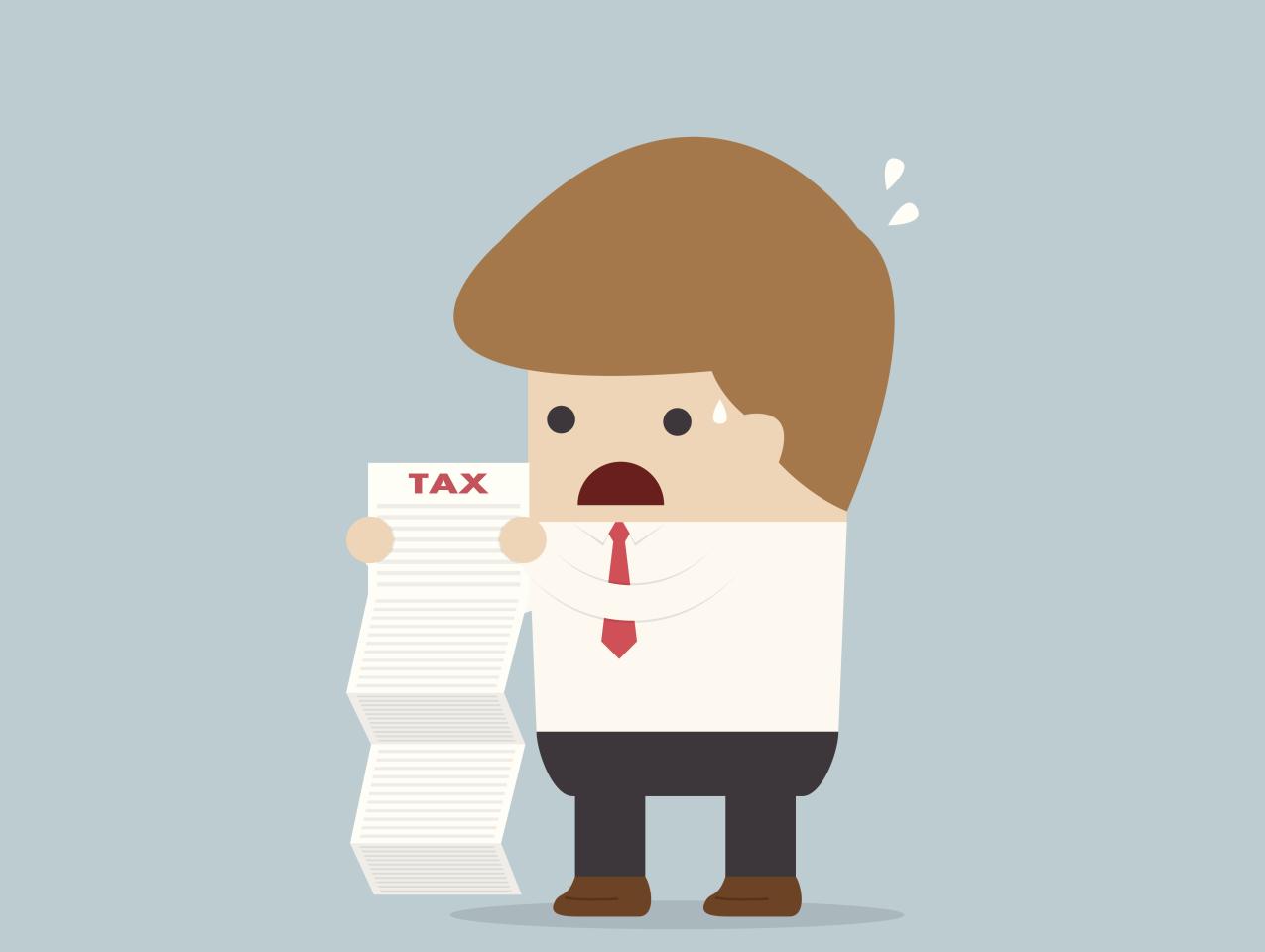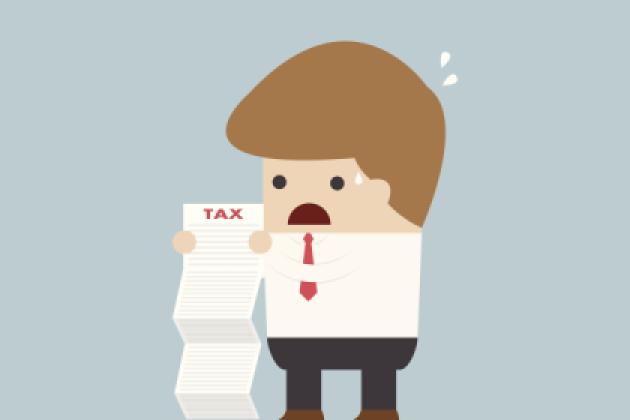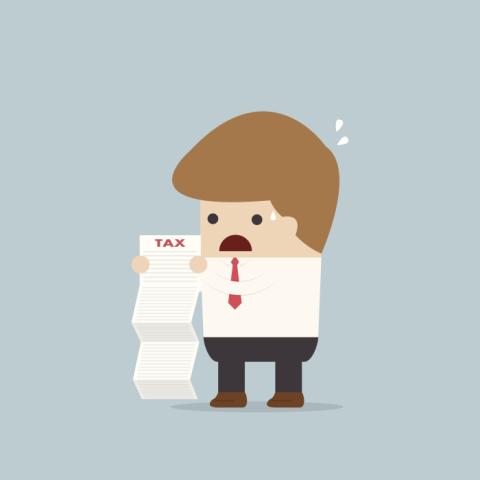- Economics
- US Labor Market
- Law & Policy
- Regulation & Property Rights
- History
- Economic
- Civil Rights & Race
Many economists who study tax systems do not concern themselves with the issue of government spending. Focusing simply on how the government collects its revenue, they often argue that a value-added tax, which taxes consumption, is more efficient than the alternatives. One main reason they give is that a consumption tax avoids the multiple taxation of saving that occurs now under our tax system. Our current system taxes interest and dividends that people earn on their savings, and also taxes capital gains.
But another efficiency—this one from the revenue collector’s perspective—is that a VAT makes it easier to increase revenue. And that is the part we should balk at.
The evidence is strong that a VAT makes it easier for the government to tax more. The VAT is, in short, a revenue machine for big government. All other things being equal, the higher taxes are, the lower economic growth is. Moreover, higher taxes, even if they didn’t hurt growth, would put more money in the hands of government, which spends more recklessly and wastefully than we spend our own money.
Europe’s experience
Take Europe, where the VAT is a major source of government revenue. When Belgium, France, Germany, Ireland, Italy and the Netherlands adopted a VAT—all between 1968 and 1971—their stated revenue goal was neutrality: Gains in revenue from the VAT were to be fully offset by reduced taxes elsewhere. (France already had a VAT but needed to revise it to meet European Economic Community Standards.)
All failed. Government revenues—and spending—rose substantially as a percentage of GDP. In 1967 in France, the year before that country adopted its EEC-compliant VAT, total government revenues were 33.4% of GDP. In 1968, France adopted a VAT rate of 13.6%. By 2014, its VAT rate was 20% and government revenues were a whopping 45.2% of GDP. When Britain adopted a VAT, the government’s stated goal was to reduce revenue. That failed, too. Only one country, Denmark, adopted a VAT to increase revenues. It succeeded.
Why does a VAT make it easier for government to raise revenue?
One possible reason is that a VAT is nearly invisible. When you pay for an item and don’t see the tax itemized on your receipt, you may not be aware of how big the tax is. And VATs tend to be hidden. Ironically, another possible reason VATs have led to government growth is that because VATs are more efficient at raising revenue, governments are tempted to raise VATs. Whichever explanation is correct, the sad truth is that VATs are not an engine of economic growth but, rather, an engine of government growth.
Make it visible
Is there a way not to have the VAT be an engine of government growth? There is only one I can think of: insisting that a VAT or similar consumption tax be highly visible. But then any government that implements a large transparent VAT is likely to be defeated. That’s what happened in Canada. In 1991, Prime Minister Brian Mulroney, head of the Progressive Conservatives, imposed a fully transparent 7% sales (consumption) tax. In the next election, his party lost nearly all of its 151 seats—the biggest rout in Canadian parliamentary history. The hugely unpopular sales tax was a major contributor.
One further problem with a VAT is that it would take a much higher percentage of income from lower-income people than the current tax system does. A way around that is to send checks to lower-income people who apply. The checks would be so large, though, that fraud would be substantial.
In short, the VAT is a bad idea.
Dr. Henderson, an economics professor at the Naval Postgraduate School and a research fellow with the Hoover Institution, was formerly a senior economist with the Council of Economic Advisers.
_________________________
A subscription is required to access the following link for further discussion.








